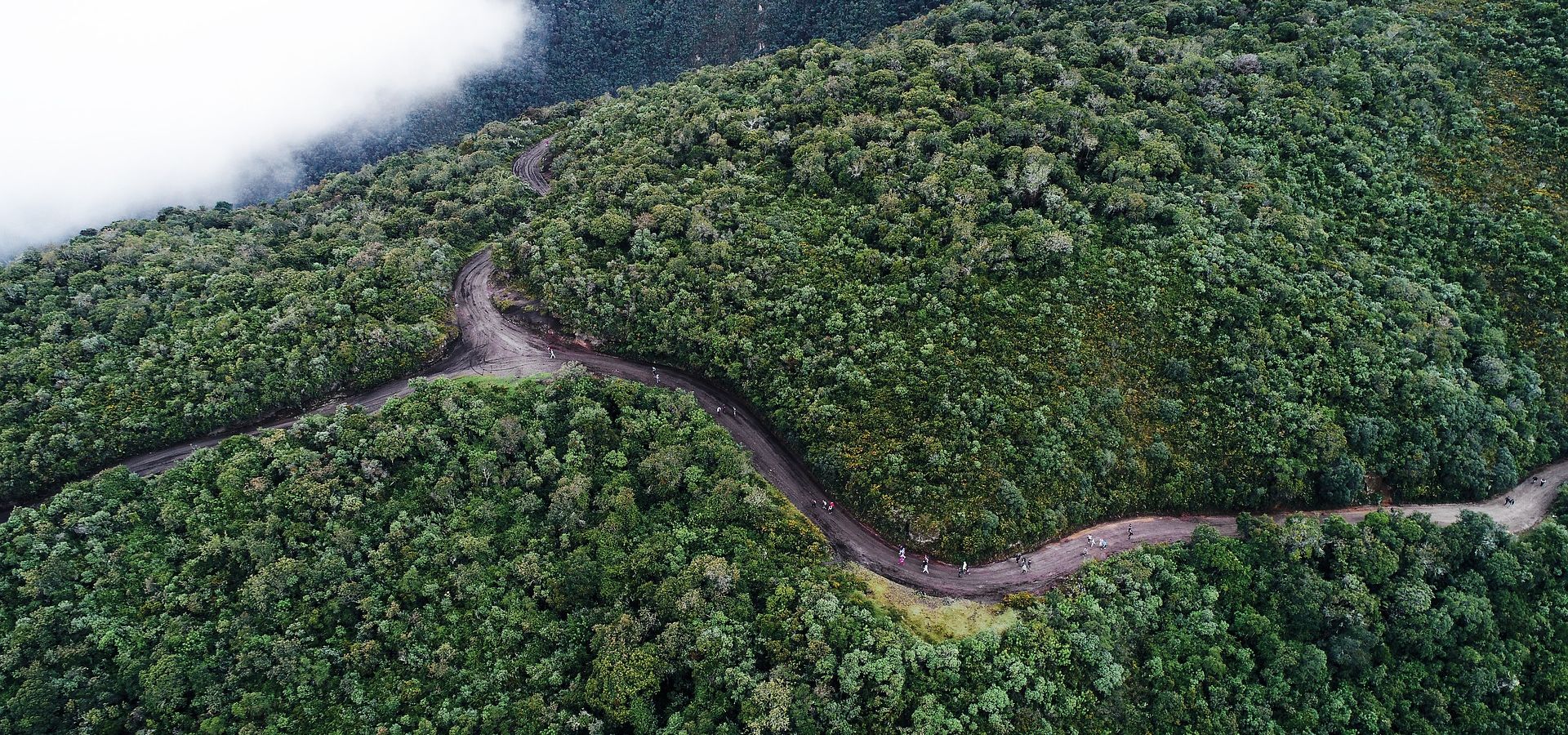Yasuní National Park in the Ecuadorean Amazon, one of the most biodiverse regions in the world, was a beacon of hope for conservationism and environmental governance. But it seems that the government is now planning to allow oil drilling in the Amazon, says Maximiliano Proaño.

Did the sustainable approach of the Ecuadorian “buen vivir” fail to save the national biodiversity? (Public Domain)
Current president of Ecuador, Lenin Moreno, is doing a similar bait-and-switch move. Although he promised to protect the Amazon, a draft Presidential Decree was leaked in November 2018 that revealed government plans to allow oil drilling in the buffer zone of a protected area established for the Tagaeri-Taromenane which until now has been off limits to drilling.
Yasuní: leaving oil in the ground
Yasuní was once an example for global conservation. The Yasuní-ITT (Ishpingo-Tambococha-Tiputini) Initiative consisted of leaving the oil underground in a part of Yasuní National Park.
In 2007, former president Rafael Correa offered to leave the oil in the ground in return for $3.6bn compensation from the global community. This money was to be invested in renewable energy, protection of biodiversity, and conservation of 44 protected areas. With this project, which was linked to the National Plan for Living Well (Buen Vivir), Ecuador was moving toward a post-petroleum-based society and the pursuit of better living standards. However, in 2013 the plan was scrapped by Correa´s government on the grounds that the international community had not paid enough to compensate Ecuador.
Activists fight to preserve the park
A number of environmental groups emerged in response to the threat to Yasuní. One of them, Yasunidos invoked the right to a popular consultation. To do this, they had to collect signatures corresponding to 5% of the electorate. If the group was able to do so, this would have put the question of whether to leave oil beneath Yasuní National Park permanently in the ground before all Ecuadorian voters.
On April 12, 2014, the deadline for the collection ended. According to the members of Yasunidos, 780,000 signatures were delivered. Weeks later, the National Electoral Council – an institutional figure in charge of data verification – validated only 360,000, which were not enough to bring the cause to public consultation. Therefore, President Correa announced in August 2014 that the drilling would go forward.
But this was on the basis of a lie: in November 2018, a National Election Council investigation revealed that the Ecuadorian government fraudulently rejected hundreds of thousands of signatures gathered during the 2014 referendum. In other words, the decision to start drilling is based on a subversion of democracy.
The second phase of the controversial Ishpingo-Tambococha-Tiputini (ITT) project, started in 2016, has triggered fierce criticism from conservationists and civil society organizations.
At Tambococha-2, Petroamazonas planned to build four platforms and drill almost 100 wells. The company insists it will do so unobtrusively by concentrating drilling in a small area, burying pipes and putting in place precautions against spills. But environmental groups say it is impossible to guarantee zero impact on such a biologically sensitive area. New roads and workers are likely to accelerate deforestation, and it’s a threat for two isolated nomadic tribes of the area.
A muddled way forward
For a while, it seemed that the Amazon would stay safe: President Moreno promised the United Nations he would do more to protect the environment, and a successful 2018 referendum would have expanded the protected areas for nomadic tribes and reduce the amount of the Amazon accessible for drilling.
In addition, Ecuador’s Hydrocarbon Minister Carlos Pérez unexpectedly announced in November 2018 that an oil auction planned for the end of 2018 would be reduced from the original sixteen blocks to two.
However, it seems that the Amazon will yet again come under attack. The leaked draft of the Presidential Decree would allow oil drilling in a formerly protected zone. And, Pérez claimed that the two blocks which will be auctioned (86 and 87) do not have any indigenous people. But the two blocks, located along the Peruvian border, overlap with the titled territory of the Sapara, Shiwiar, and Kichwa nations, and Tagaeri-Taromenane sightings have been reported there.
The draft decree would expand the protected area where there is less evidence of isolated peoples and allow drilling in the buffer zone. According to U.N. Special Rapporteur on the Rights of Indigenous Peoples Victoria Tauli-Corpuz, “The decision to proceed with oil extraction in Yasuní’s buffer zone could produce a grave and unpredictable impacts on peoples living in voluntary isolation and initial contact in the region.”
Amazon communities and Yasunidos have declared that the exploitation of oil block 87-south-east, would destroy what we have left of the Yasuni national park completing the “ring of death” and provoke the genocide of the isolated villages Tagaeri Taromenane.
Paradoxically, this conflict comes a decade after the Ecuadorian 2008 Constitution, which was seen as a new paradigm of indigenous rights and rights for nature. It was meant to protect sensitive ecosystems from “activities that could lead to species extinction, the destruction of ecosystems, or the permanent alteration of natural cycles.” Perhaps Mr Pérez and Mr Moreno should have another look at Ecuador’s founding document.
This is a topic which is close to my heart… Take care! Exactly where are
your contact details though?